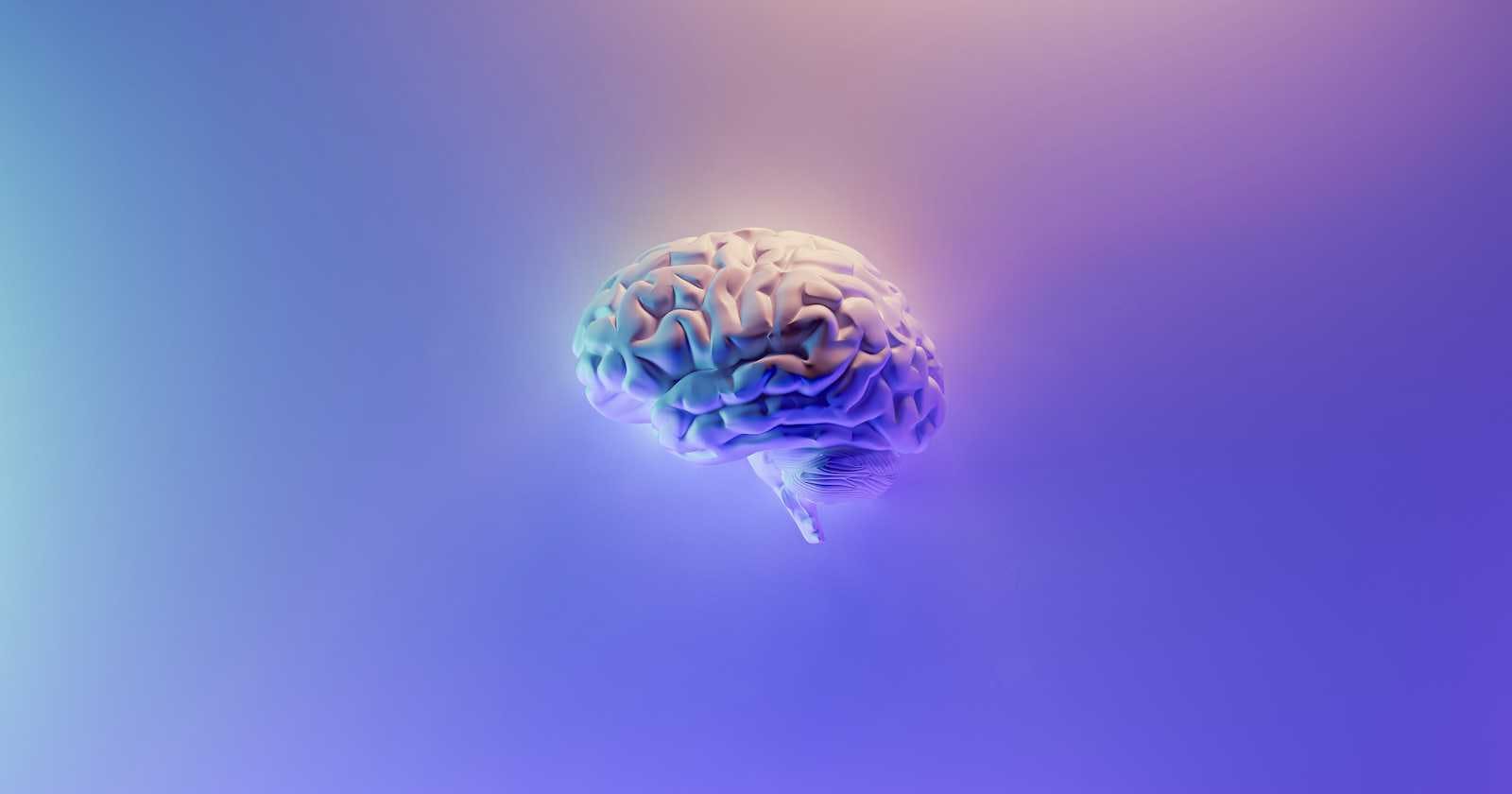
Photo by Milad Fakurian on Unsplash
How Neural Networks Can Learn Almost Anything?
From Neurons to Algorithms: The Brilliance of Neural Networks
In the vast landscape of artificial intelligence, one technology stands out as a beacon of innovation and possibility: neural networks. These remarkable computational models have revolutionized the way we approach complex problems, unlocking the potential to learn and adapt to almost anything thrown their way. But what exactly makes neural networks so powerful, and how do they accomplish such feats of intelligence? Let's dive into the fascinating world of neural networks and explore how they can learn almost anything.
At the heart of understanding neural networks lies a basic mathematical concept: functions. A function is an operation applied to a set of data, known as 'inputs,' which yields modified data, called 'outputs.' Consider a simple function like adding 3 to every input number. If we input 1, we get 4 as the output. If we input 5, we get 8, and so forth.
Now, let's delve into more complex functions, such as sine waves or parabolas. We can determine the outputs for given inputs by referring to the waveform. But what if we only have a limited set of input-output pairs? Can we reverse engineer and generate the waveform from them, allowing us to predict outputs for unknown inputs? This is where neural networks come into play.
Neural networks take the concept of reverse engineering functions to a whole new level. Instead of dealing with simple mathematical functions, neural networks consist of interconnected layers of nodes, each performing simple mathematical operations. Inspired by the neurons in our brains, these nodes work in unison to process complex data and extract meaningful patterns.
During the training process, neural networks are fed large datasets containing input-output pairs. Through a series of mathematical computations and optimization algorithms, such as gradient descent, the network learns to adjust its internal parameters (weights and biases) to minimize the difference between the predicted outputs and the actual outputs in the training data.
As the network continues to train on more data, it refines its internal representations, gradually learning to generalize from the examples it has encountered. This ability to generalize enables neural networks to make accurate predictions on unseen data, effectively learning to approximate complex functions from limited input-output pairs.
In essence, neural networks leverage the power of mathematics and optimization to learn from data and tackle tasks ranging from image recognition to natural language processing. By harnessing the principles of functions and reverse engineering, neural networks have unlocked the potential to learn and adapt to almost any problem domain, paving the way for groundbreaking advancements in artificial intelligence. I
n conclusion, advancements in neural networks, exemplified by LLMs, ChatGPTs, and generative AI, promise transformative possibilities. From natural language understanding to creative expression, these technologies redefine human-computer interaction, paving the way for innovation across industries and unlocking new realms of creativity and problem-solving potential.

